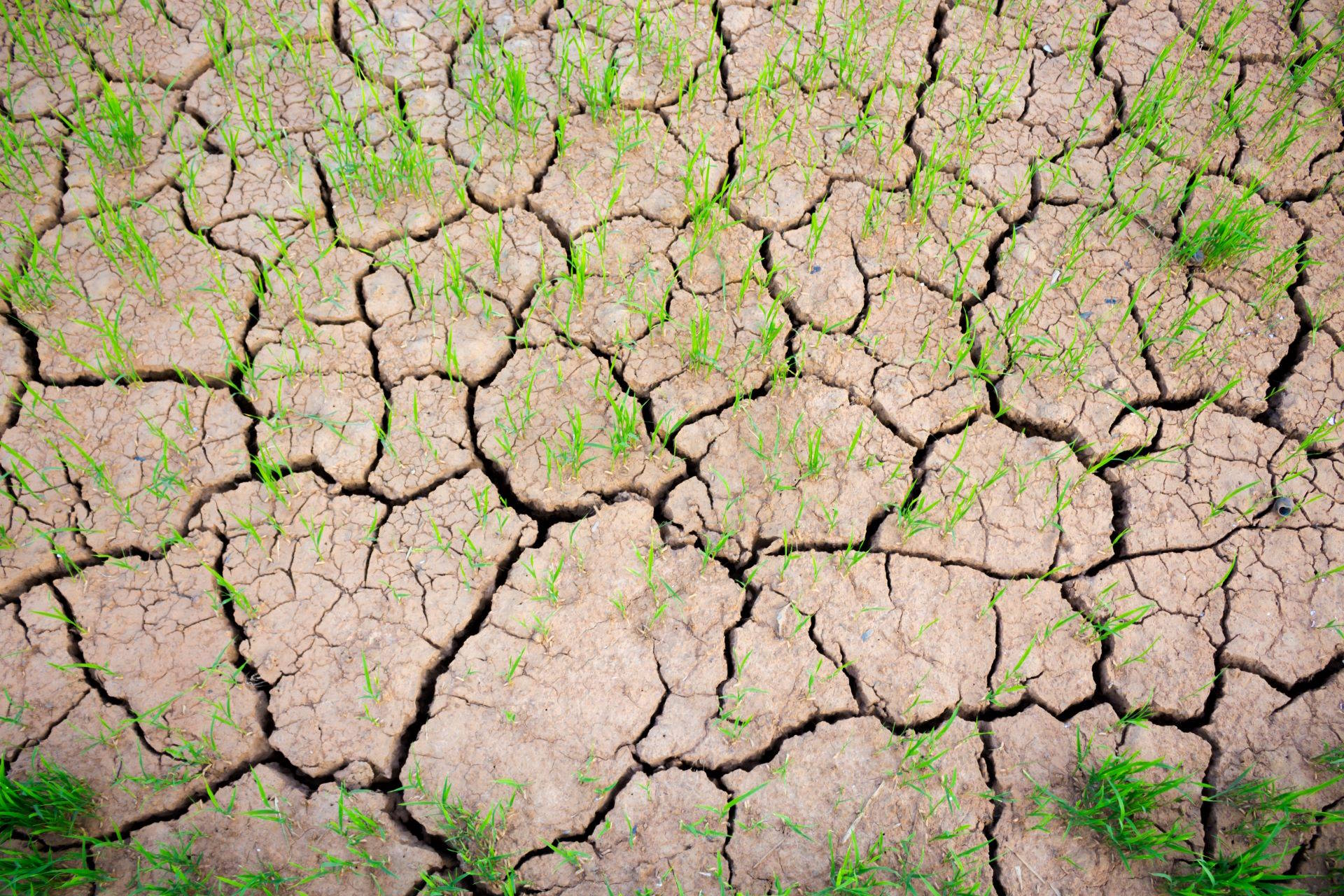In the heart of Kenya’s arid and semi-arid lands, climate change is not some far-off, abstract threat but a lived reality.
Communities here depend on the area’s seasonal rains for their livestock and crops, as well as their livelihoods. In recent years, these communities have faced a relentless cycle of droughts and floods, each more severe than the last.
The drought of 2023 left pastures barren and water scarce, while the floods of 2024 swept away homes and left communities devastated. It is in this context that the Weather and Climate Information Services (WISER) Kenya project, part of the wider WISER Africa programme, has emerged.
The Met Office’s role: Partnership and leadership
Launched in November 2024 and funded by the UK government through the Foreign, Commonwealth and Development Office (FCDO), the project is delivered through the UK Met Office. The Met Office works in partnership with the Intergovernmental Authority on Development's (IGAD) Climate Prediction and Applications Centre (ICPAC), Kenya Meteorological Department (KMD), the Kenya Red Cross Society (KRCS), and government agencies such as the National Drought Management Authority (NDMA).
READ MORE: What do meteorologists do at the Met Office?
The Met Office brings world-leading expertise in climate science, forecasting, and early warning systems. Its role is not only technical but also collaborative, helping to co-design and co-create climate information services that are tailored to the needs of Kenya’s most vulnerable communities. By working alongside local partners, the Met Office ensures that the latest science is translated into practical, actionable information that can save lives and protect livelihoods.
Empowering communities through inclusion
A defining feature of WISER Kenya is its commitment to gender equity and social inclusion (GESI). The project prioritises the empowerment of women, the elderly, people with disabilities, and remote communities. These groups are not just recipients of climate information, they are active participants in its development. By involving them in the co-design of services, WISER Kenya ensures that climate information is relevant, accessible, and actionable for all.
This inclusive approach is vital in regions where traditional systems have often left the most vulnerable behind. By listening to local voices and respecting local knowledge, the Met Office and its partners are helping to build trust and ensure that early warnings reach those who need them most.
Turning early warnings into early action
The core mission of WISER Kenya is to transform early warnings into early action. This means moving beyond simply providing forecasts to enabling communities to act before disasters strike. The project focuses on five key areas:
- Improving the reach and equity of climate information, ensuring that everyone, regardless of gender, education, or ability, can receive, understand, and act on warnings.
- Enhancing the timeliness and actionability of early warnings through the development of localised early warning systems that communicate in clear, trusted, and culturally appropriate ways.
- Increasing preparedness and response capacity by training local institutions and individuals and providing the resources needed to act before disasters escalate.
- Focusing on anticipatory action, so that communities can prepare for hazards such as floods and droughts before they occur, reducing losses and damages.
- Deploying sophisticated forecasting tools that combine the latest science with local knowledge to provide accurate, timely, and actionable information.
Real impact: Building resilience in the face of crisis
The impact of WISER Kenya is already being felt in the Lower Tana River basin. In the wake of the 2023 drought and the devastating El Niño-related floods of 2024, which killed over 170 people, displaced more than 500,000, and destroyed 17,000 acres of farmland, the need for proactive, community-centred climate services has never been more apparent.
READ MORE: Met Office weather stations: How we measure the weather
By supporting inclusive planning and decision-making, WISER Kenya is helping communities to move from crisis response to long-term resilience. The project ensures that everyone has the information they need to protect their families, their livelihoods, and their futures.
A force for good
At the heart of WISER Kenya is the belief that weather and climate services can be a force for good. The Met Office’s involvement is a testament to the power of international collaboration, scientific excellence, and a commitment to social justice. By working with local partners and communities, the Met Office is helping to build a future where early warnings lead to early action, and where everyone has the chance to thrive in the face of climate change.
WISER Kenya stands as a model for how climate information services can empower communities, save lives, and build resilience. With the Met Office as a driving force, the project is not only responding to the challenges of today but also preparing Kenya for the uncertainties of tomorrow. In doing so, it demonstrates that, with the right partnerships and a focus on inclusion, weather and climate services can truly be a force for good.
Keep up to date with weather warnings, and you can find the latest forecast on our website, on YouTube, by following us on X and Facebook, as well as on our mobile app which is available for iPhone from the App store and for Android from the Google Play store.



